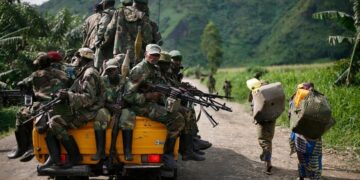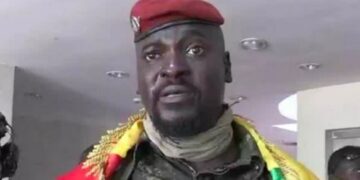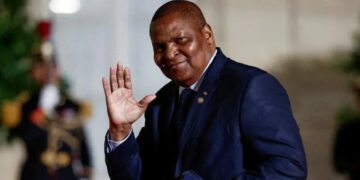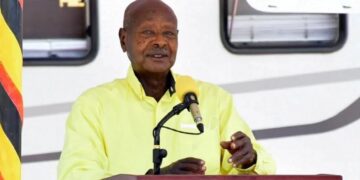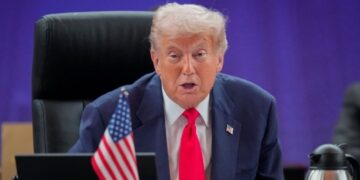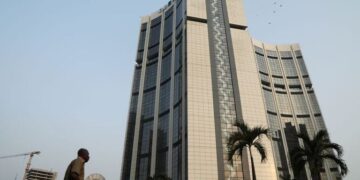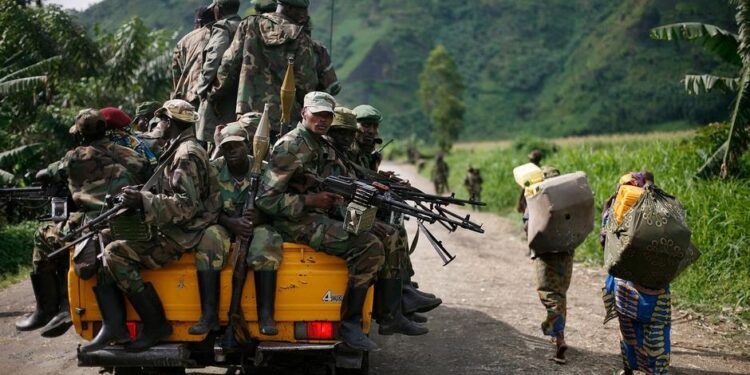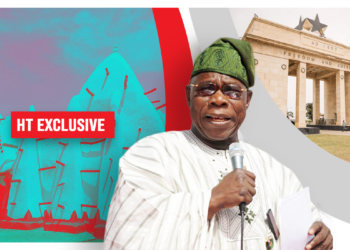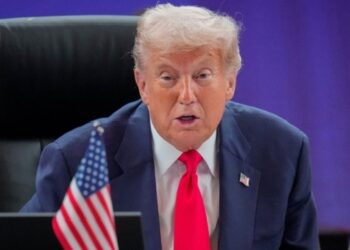By John Ikani
The DR Congo is the second largest country in Africa, and home to a deadly decades-long conflict which has killed millions and forced millions more to flee their homes.
Attacks are nothing new, but they are seemingly becoming more frequent. These attacks are linked to a multitude of rebel groups with historic connections to DRC neighbouring countries like Rwanda, Burundi and Uganda.
Rwanda is at the centre of the conflict in East DRC, no thanks to its links with activities of the M23 rebel group wreaking havoc in region. As a result, thousands of protesters in the DRC have been calling for the government to sever diplomatic relations with Rwanda despite peace talks to ease ongoing diplomatic tensions.
What’s causing the crisis in the DRC?
The honest answer is, it’s complicated! Mineral rich eastern regions like Ituri, South and North Kivu and Maniema produce global supplies of cobalt – the metal used in batteries which power our tech devices.
The area also has deposits of titanium copper, diamonds and gold. For more than 30 years, this area has been at the centre of proxy wars and violent exploitation.
Recall that in early 2022, Belgian gold dealer, Alain Goetz was sanctioned by the United States Government for allegedly smuggling hundreds of millions of dollars worth of gold from the DRC.
The US said the illicit movement of gold provides revenue to armed groups that threaten the peace, security and stability of the DRC. Alain Goetz denied the allegations against him.
But a battle for the nation’s vast mineral wealth is not the only factor at play. Armed groups which are in hundreds also play a role in the destabilisation. Violence by Armed groups is Worsened by ethnic divisions in a country with more than 200 tribes.
Who is being impacted?
It is often civilian who are often impacted the most. In May 2020, nearly 100 people were killed in a string of brutal attacks. Victims included young children. Later that month, officials found 17 decomposing bodies by a riverbed in Ituri, some having been decapitated. It is estimated that six million people have been killed in this ongoing conflict and many more have fled.
Who are the key players?
Countries in the great lake have frequently traded accusations of plot to destabilise one another by using the many rebel groups operating in the region. The relationship between Rwanda and DR Congo has especially got tense. The head of the African Union Macky Sall has called on the two countries to pursue peace.
Je suis gravement préoccupé par la montée de la tension entre le Rwanda et la RDC.J’appelle les deux pays au calme et au dialogue pour la résolution pacifique de la crise avec le soutien des mécanismes régionaux et de l’Union Africaine.
— Macky Sall (@Macky_Sall) May 29, 2022
What’s being done about it?
Persistent death and destructions have made Congolese nationals hostile towards interventions by their neighbours, making longer term stability difficult. But some things are being done.
In 2021, President Félix Tshisekedi imposed military rule in North Kivu and Ituri provinces, but that has done little to ease the unrest. Uganda and the DRC are currently on a joint military operation against the ADF rebel group.
This is the largest foreign intervention in the DRC by any organisation other than the UN. Shortly after joining the East African Community in 2022, President Tshisekedi, asked for intervention from member states over DR Congo’s security crisis.
Kenya offered to host peace talks between the rebels and Congolese officials. Attempts to get rebel groups to join ceasefire talks have faced setbacks.
Mistrust among some of the regional leaders hasn’t helped matters either. At a meeting in Kenya in June, there was some disagreements about deploying a joint regional force.
It is fair to say that most people, if not everybody want to see an end to this conflict. But with tensions so deeply embedded into the DNA of the country, it’s difficult to predict when a resolution to DRC’s problem will come.
